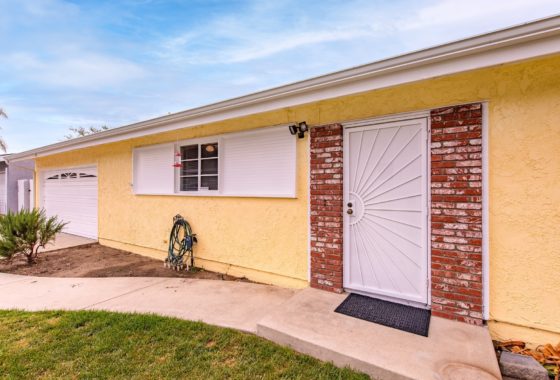 RESPA changes enacted January 16, 2010 will benefit Simi Valley home buyers and help them understand the costs of their financing on the new good faith estimate (GFE) and HUD-1 settlement statements.
RESPA changes enacted January 16, 2010 will benefit Simi Valley home buyers and help them understand the costs of their financing on the new good faith estimate (GFE) and HUD-1 settlement statements.
When shopping for a loan, the mortgage broker must give a good faith estimate to the client that outlines the costs of the loan. Prior to January 16, 2010 the GFE was a pretty general estimate and could fluctuate greatly between the time a home buyer identified a property to purchase and finally closed escrow. These lax regulations allowed unscrupulous mortgage brokers to easily bait and switch homebuyers into terms and fees they originally would have rejected. The “white hats” of the mortgage industry suffered under the old rules and this new regulation will allow the good guys to rise to the top.
Under the new regulation, the mortgage broker cannot give a GFE without there being a property. The new GFE is more detailed and has more specific rules. For example, mortgage brokers are allowed to average or estimate third-party costs such as inspections, appraisals or other testing. At the close of escrow this figure is compared to the actual costs on the HUD-1. There is a 10% difference allowance on these fees.
The new GFE and HUD-1 forms are designed to increase transparency to the Simi Valley home buyers by requiring mortgage brokers to show their yield spread premium as part of the origination fee. Most home buyers are not aware that in addition to the fees to the broker that were seen on the old forms, the broker earned additional money in the form of a yield spread premium. The yield spread premium was calculated on the interest rate spread between what the home buyer qualified at and what their final lock rate was at. The issue is not whether the broker is entitled to this fee, but rather that it must be disclosed.
There are some costs that cannot be altered on the form anymore which include the origination fee and the transfer taxes. Under the new regulation the original GFD and the final HUD-1 are compared at closing. If there are fluctuations in the fees outside of the limits above, the lender is held responsible for the difference.
If the discrepancy in these fees are over the 10%, then a change of circumstance affidavit needs to be signed at least three days before the loan can close. And a change in the interest rate would require new disclosures, GFE and truth in lending three days before closing.
I believe that the comparison of the GFE and the HUD-1 will help weed out the bad lenders in the industry, help the consumer understand and make more informed decisions about the costs of their loan and reduce unnecessary costs and fees.
As the mortgage industry and our escrow officers learn how to work through this process, we should expect some delays in closings over the course of the next few months. Once everyone gets the hang of the new system, the consumers will benefit and our hard-working “white hat” mortgage brokers will be able to better serve home buyers.
 |
Thanks for reading Simi Valley’s Premiere Real Estate Blog!
Author – Ted Mackel Simi Valley Real Estate Agent – Keller Williams Realty
Ted Mackel is a top producer at Keller Williams Realty Simi Valley,
specializing in Simi Valley Real Estate
(805) 432-7705

Leave a Reply